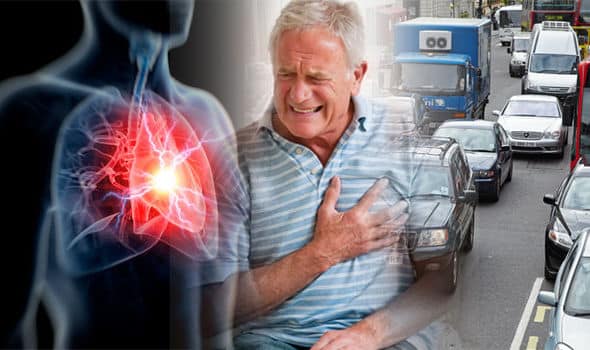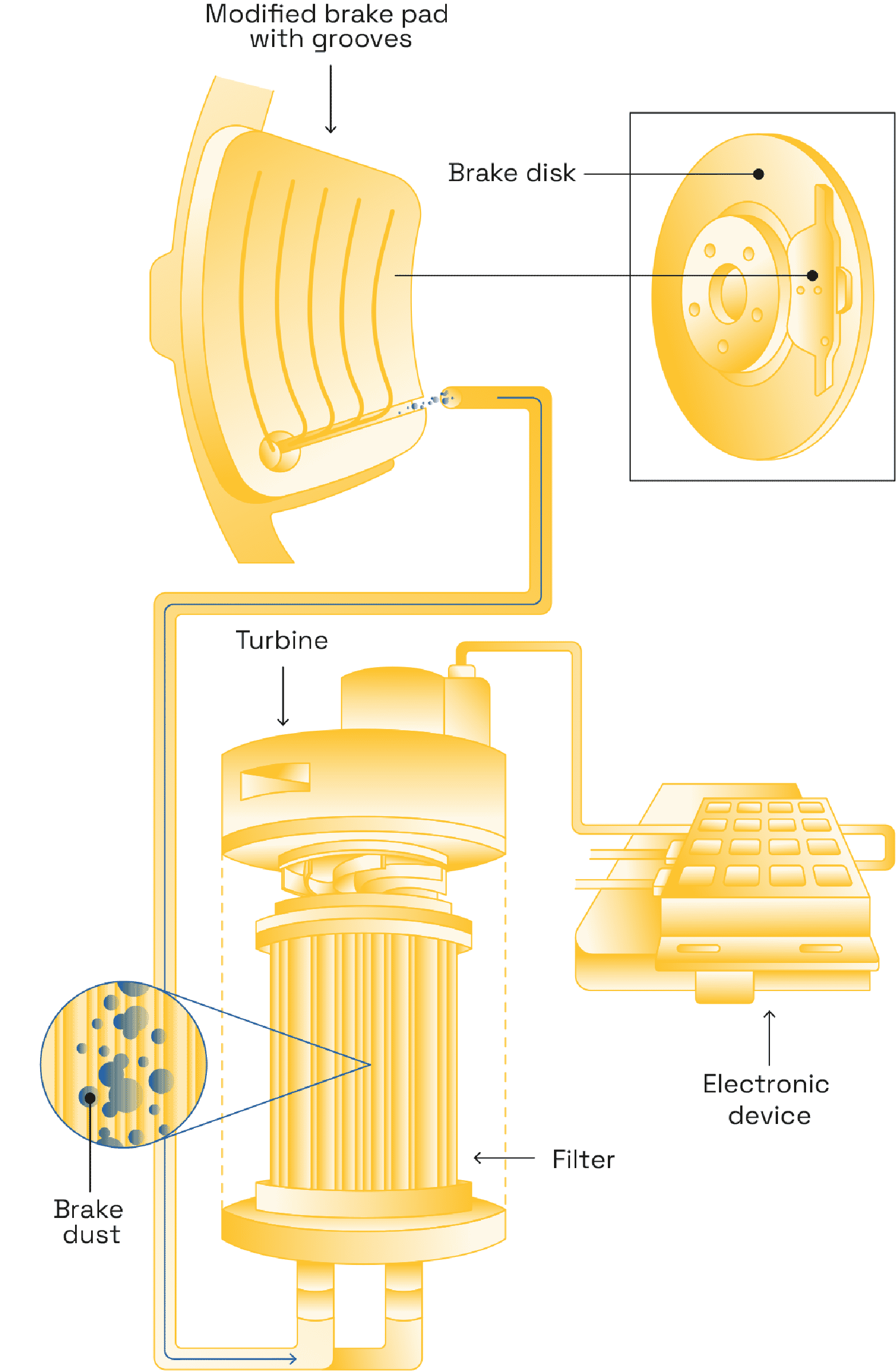
Not a freezing winter or scorching summer goes by without a peak in fine particles. Though they are odourless and invisible, they still pollute the air we breathe and affect human health. When is it time to say enough is enough? When should we be implementing measures to protect ourselves?

When they are inhaled daily, brake wear particles can exacerbate pulmonary and respiratory diseases in the most vulnerable people. Scientists have also found other risks. We shed some light on this still relatively unknown danger.

There are very few ways to capture the fine particle emissions generated by braking. TAMIC® is a pioneer on the market and can be fitted to trains as well as light and heavy goods vehicles. It’s a low-cost device that can protect the health of people exposed to air pollution.

France has been struggling to meet the legal thresholds for nitrogen oxide and fine particle pollution in ten or so French cities since 2010. Its government has even been issued with sanctions from the Court of Justice of the European Union and the French Council of State. Here’s why.

The European anti-pollution rules for vehicles slated to come into force by 2035, aka “Euro 7/VII”, aims to clamp down harder than ever on vehicles with internal combustion engines. It’s also the first standard to go head to head on the issue of fine friction particles.










